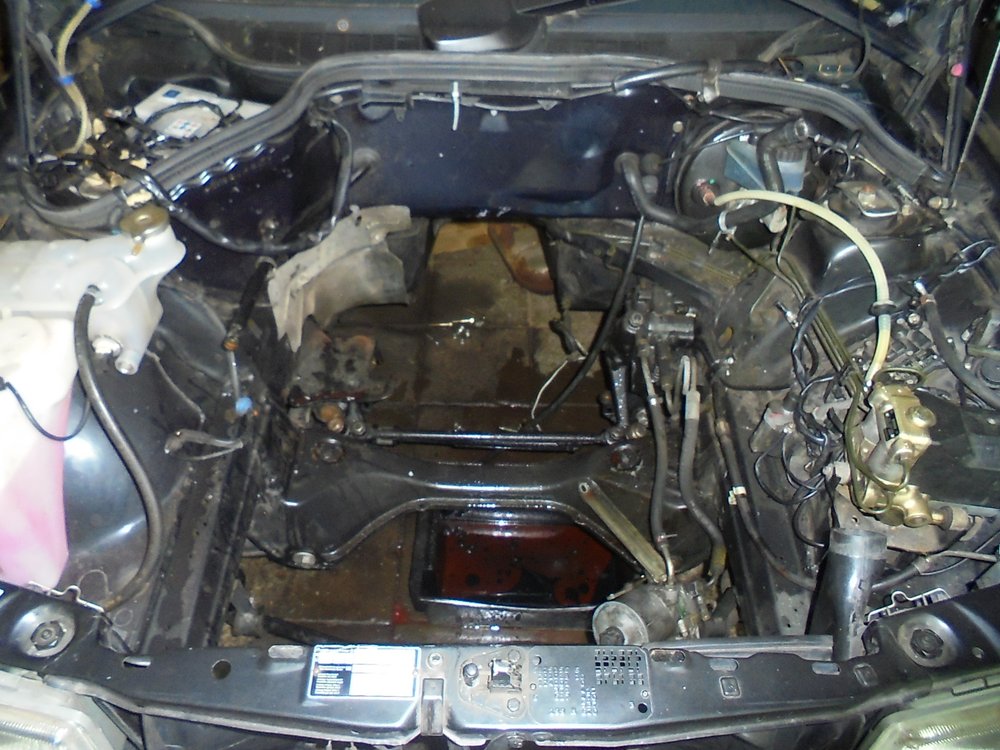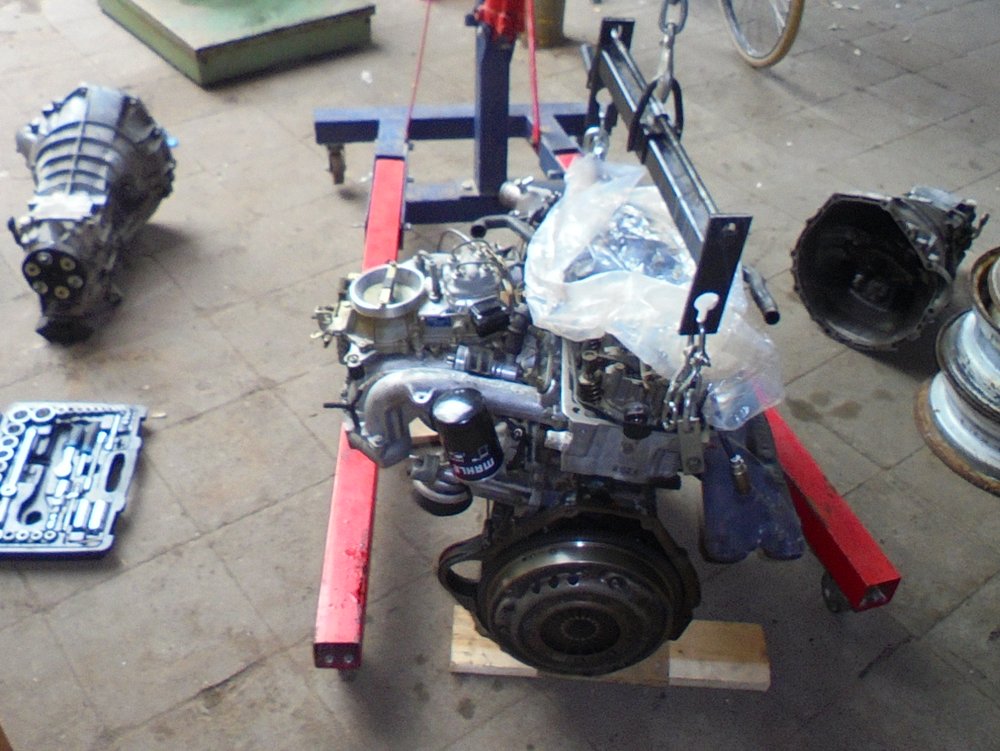{One chicken curry scoffed}
HTS continued...
...the distortion in the panel is pretty bad after the hole filling exercise



The problem with using the HTS on thin Birmabright as a hole filling medium is that it melts at a much lower temperature than the Birmabright and that as it shrinks it pulls the panel out of shape.
Here's a little drawing I made showing what's happened

I don't hold out much hope getting the panel back to a flat shape.
I'll give it a go - I have a cunning plan - but I think this HTS stuff is probably best used for other purposes.
From a cost perspective it ain't cheap either. The three sticks used so far cost me 5 quid 10p delivered. Still it is more structurally sound than using filler...
HTS continued...
...the distortion in the panel is pretty bad after the hole filling exercise
The problem with using the HTS on thin Birmabright as a hole filling medium is that it melts at a much lower temperature than the Birmabright and that as it shrinks it pulls the panel out of shape.
Here's a little drawing I made showing what's happened
I don't hold out much hope getting the panel back to a flat shape.
I'll give it a go - I have a cunning plan - but I think this HTS stuff is probably best used for other purposes.
From a cost perspective it ain't cheap either. The three sticks used so far cost me 5 quid 10p delivered. Still it is more structurally sound than using filler...


